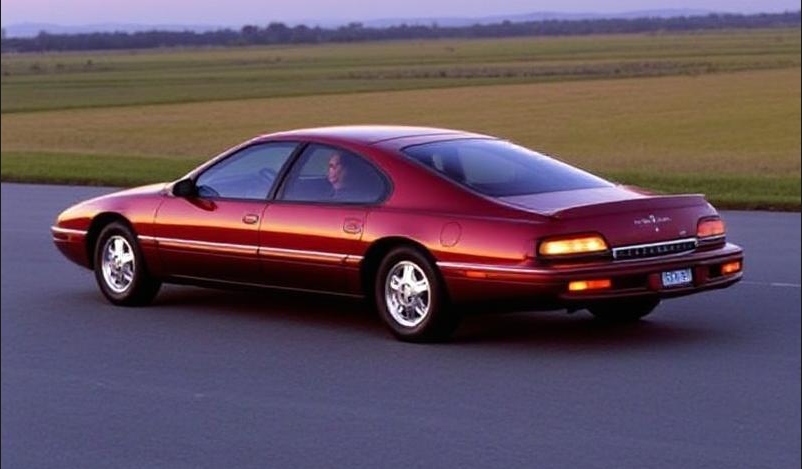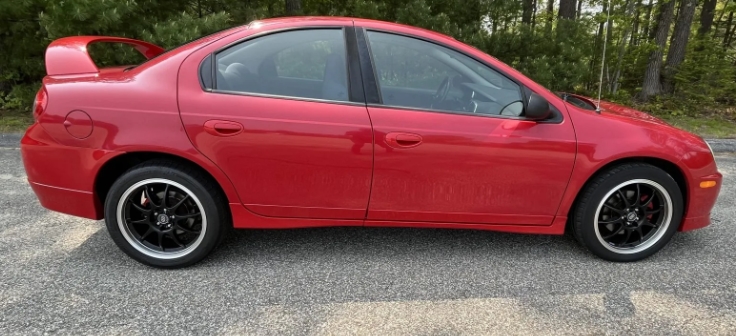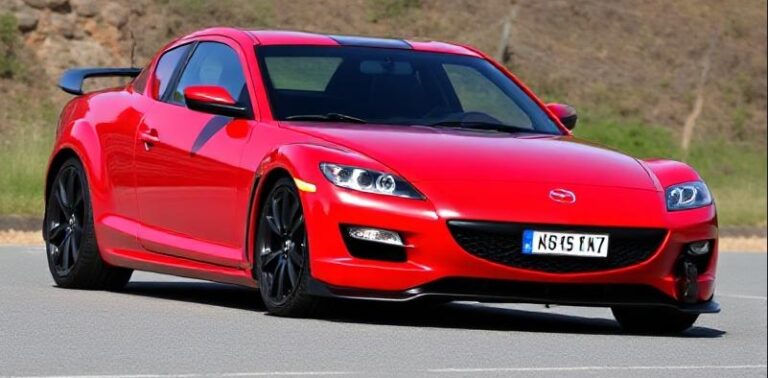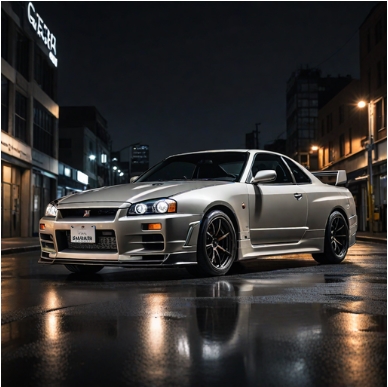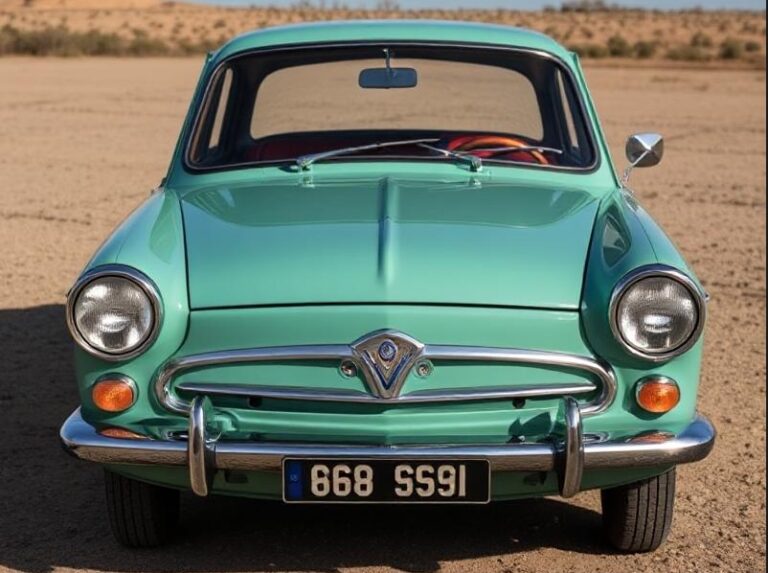The Evolution of the Chrysler Concorde: A Comprehensive Look
The Chrysler Concorde, a full-size sedan that graced the automotive landscape from the mid-1990s through the early 2000s, is an emblem of a specific era in American automotive design and engineering. Known for its distinctive styling, spacious interior, and familial ties to the Chrysler Corporation, the Concorde holds a special place in automotive history. This article delves into the evolution of the Chrysler Concorde, tracing its production years, various models, and trim levels as it navigated through changing times in the auto industry.
Production Overview
The Chrysler Concorde was produced between 1993 and 2004. It was part of Chrysler’s front-wheel drive full-size sedan lineup that included models like the Dodge Intrepid and the Eagle Vision. This trio shared many components and were developed as part of the LH platform that revolutionized Chrysler’s designs during the 1990s.
First Generation (1993-1997)
Launch and Design
The Concorde made its debut in 1993 as a 1994 model. It was characterized by its bold aerodynamic shape, a design trend aimed at improving fuel efficiency and performance. Developed under the leadership of Chrysler’s then-head designer, Tom Gale, the Concorde featured a cab-forward design that maximized interior space while minimizing exterior dimensions.
Trim Levels
The first-generation Concorde was offered primarily in three trim levels:
- Base: The entry-level model came with a modest array of features, including power windows, a cassette player, and cloth seating.
- LX: The LX added features such as a more advanced audio system, alloy wheels, and a premium cloth interior.
- LXi: The LXi was the top-tier trim and included luxury features such as leather seating, a more powerful audio system, and additional comfort features.
Engine Choices
Under the hood, the first-generation Concorde offered two engine options:
- A 3.3-liter V6 producing 150 horsepower
- A more robust 3.5-liter V6 generating 200 horsepower, which offered better performance for those seeking a sportier drive.
Safety and Technology
Safety was a growing concern in the automotive market during the 1990s, and the Concorde addressed these needs with features like dual airbags and anti-lock brakes, helping it garner favorable reviews in crash tests.
Second Generation (1998-2004)
Refinement and Upgrades
The second generation of the Concorde debuted in 1998, sporting updated styling and improved technology. The redesign showcased softer lines and a more modern look, appealing to a broader audience. Chrysler aimed to position the Concorde as a refined and family-friendly vehicle, a practical choice for consumers seeking comfort and reliability.
Trim Levels
The trim levels for the second-generation Concorde evolved to include:
- Concorde: The base model featured many of the standard amenities found in the previous version, such as power accessories and air conditioning.
- LX: This trim offered additional features, including an upgraded sound system and enhanced interior materials.
- Limited: The Limited trim was aimed at customers seeking more luxury. It included leather upholstery, wood-grain accents, and a host of comfort features like heated seats and an advanced climate control system.
Engine Options
The engine options remained primarily the same, with slight refinements:
- The 3.3-liter V6 continued to be the base engine.
- The updated 3.5-liter V6 offered more horsepower and a smoother driving experience due to enhancements in engine technology.
Chrysler also introduced a more fuel-efficient 2.7-liter V6 engine option for certain trims, which catered to the rising demand for fuel-efficient vehicles in a changing market.
Safety and Features
By the late 1990s, safety features in vehicles had dramatically evolved, and the Concorde was no exception. It included important advancements such as side-impact airbags and traction control, making it a safer choice for families. Additionally, the vehicle offered updated technology, including a modern infotainment system, which featured an optional CD player and, in later years, available Bluetooth integration.
.
NO MORE dead batteries with this:

.
The End of an Era
Despite its many strengths, the Chrysler Concorde’s production came to an end in 2004 as consumer preferences were shifting more toward SUVs and crossovers. Chrysler’s own lineup began to reflect this trend, with a gradual phasing out of sedans. The last generation of the Concorde faced increasing competition from newer models that offered better fuel economy and modern safety features.
By the time it ceased production, the Concorde had made its mark in the automotive sector, often cited as a representative of the full-size passenger sedan segment during its years of service. While the Concorde may not have achieved the legendary status of some of its contemporaries, it offered substantial value for family-oriented buyers seeking comfort and space.
Legacy
Today, the Chrysler Concorde is often remembered fondly by those who drove it during its heyday. Used models can be found at various price points, making them an appealing choice for budget-conscious buyers looking for a spacious family vehicle.
The Concorde’s legacy also lies in its role within Chrysler’s broader history. It stands as a testament to the innovative spirit of the 1990s, a period of significant change and modernization in the automotive industry.
In summary, the Chrysler Concorde remains a significant example of American automotive evolution, embodying the transition in design, technology, and consumer preferences over more than a decade. From its striking debut in 1993 to its departure in 2004, the Concorde reflects the hopes and struggles of a company adapting to a rapidly changing automotive landscape. Its story is a reminder of the impact that design, engineering, and market demand have on the evolution of vehicles over time.
